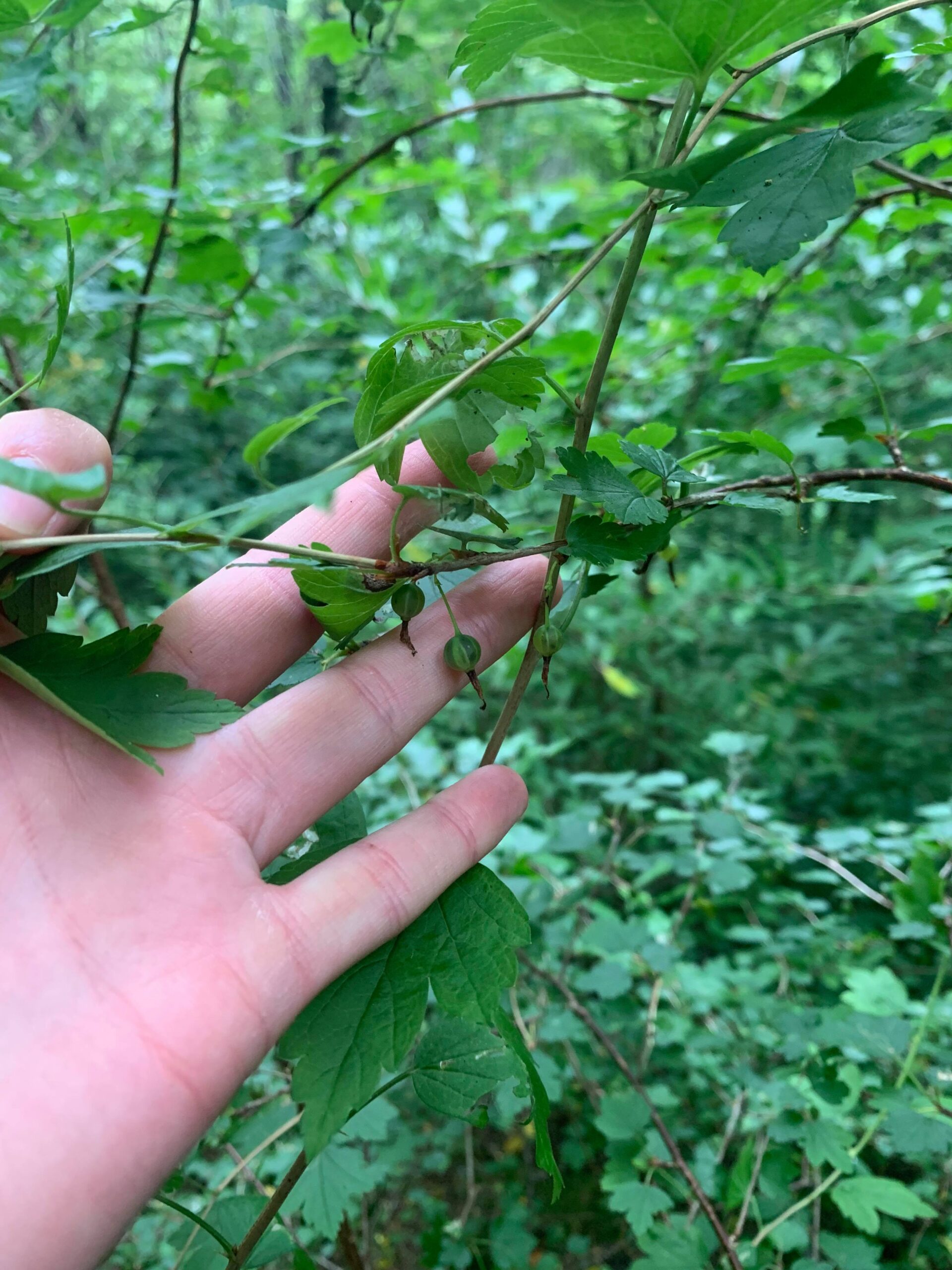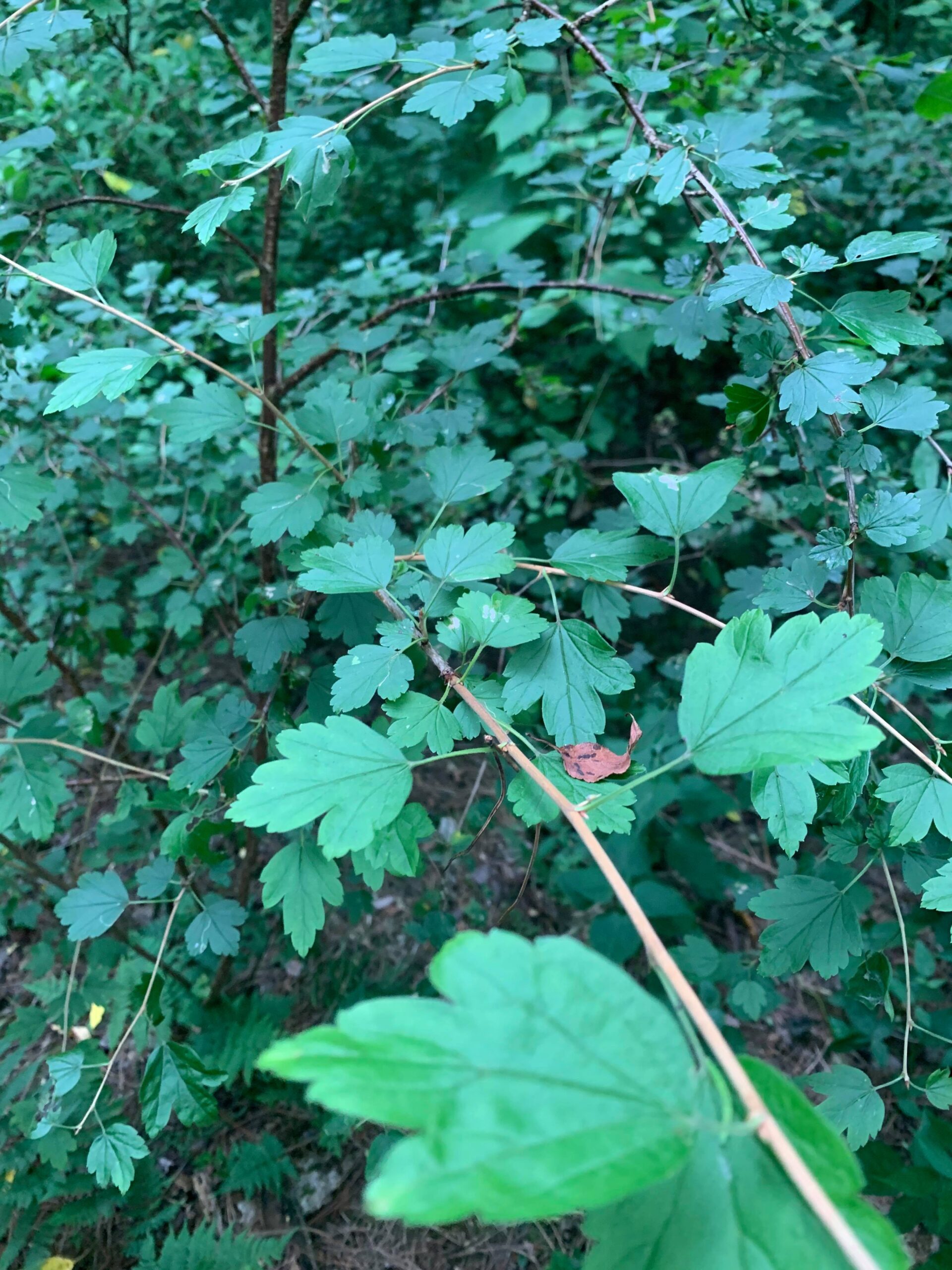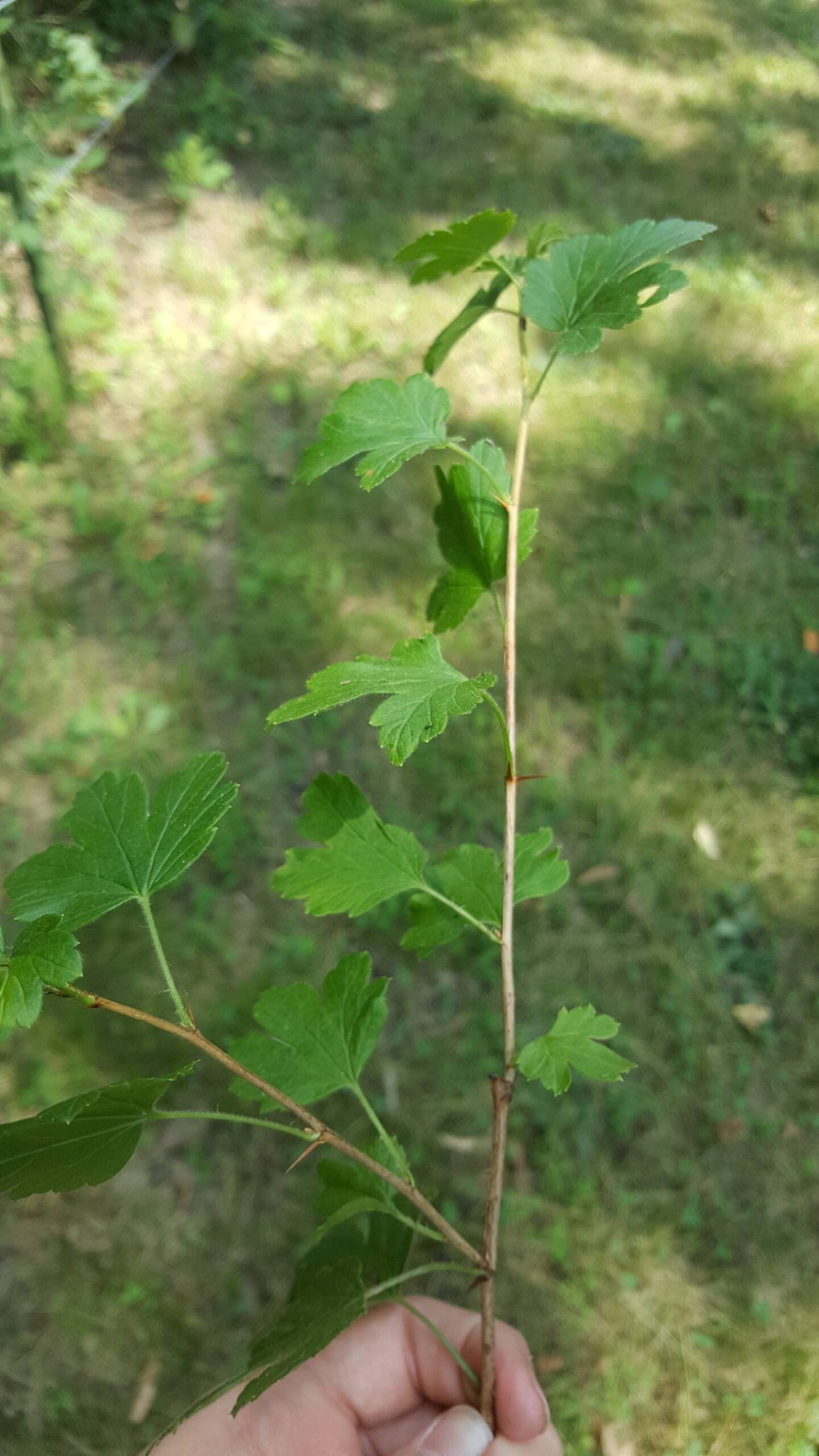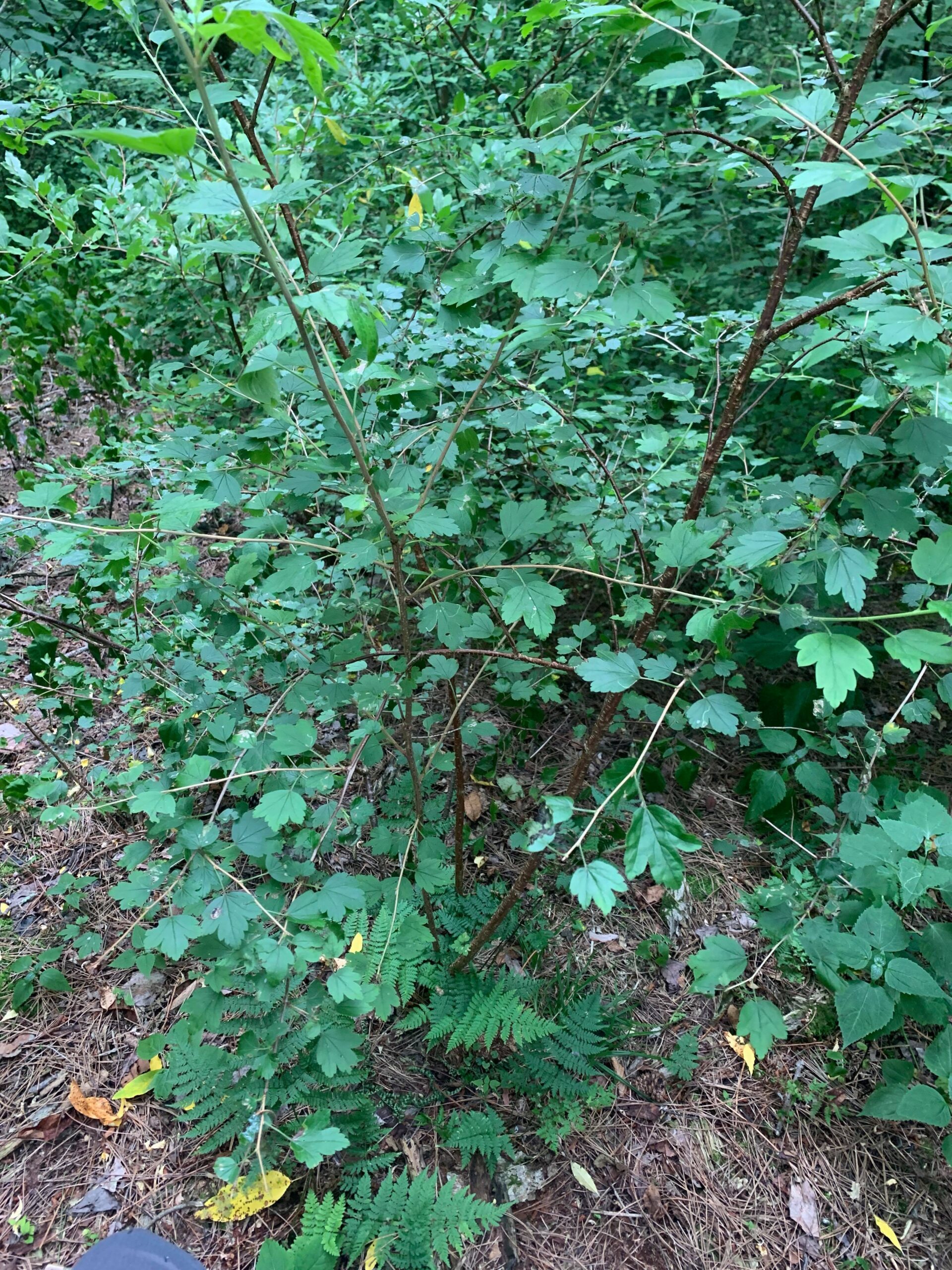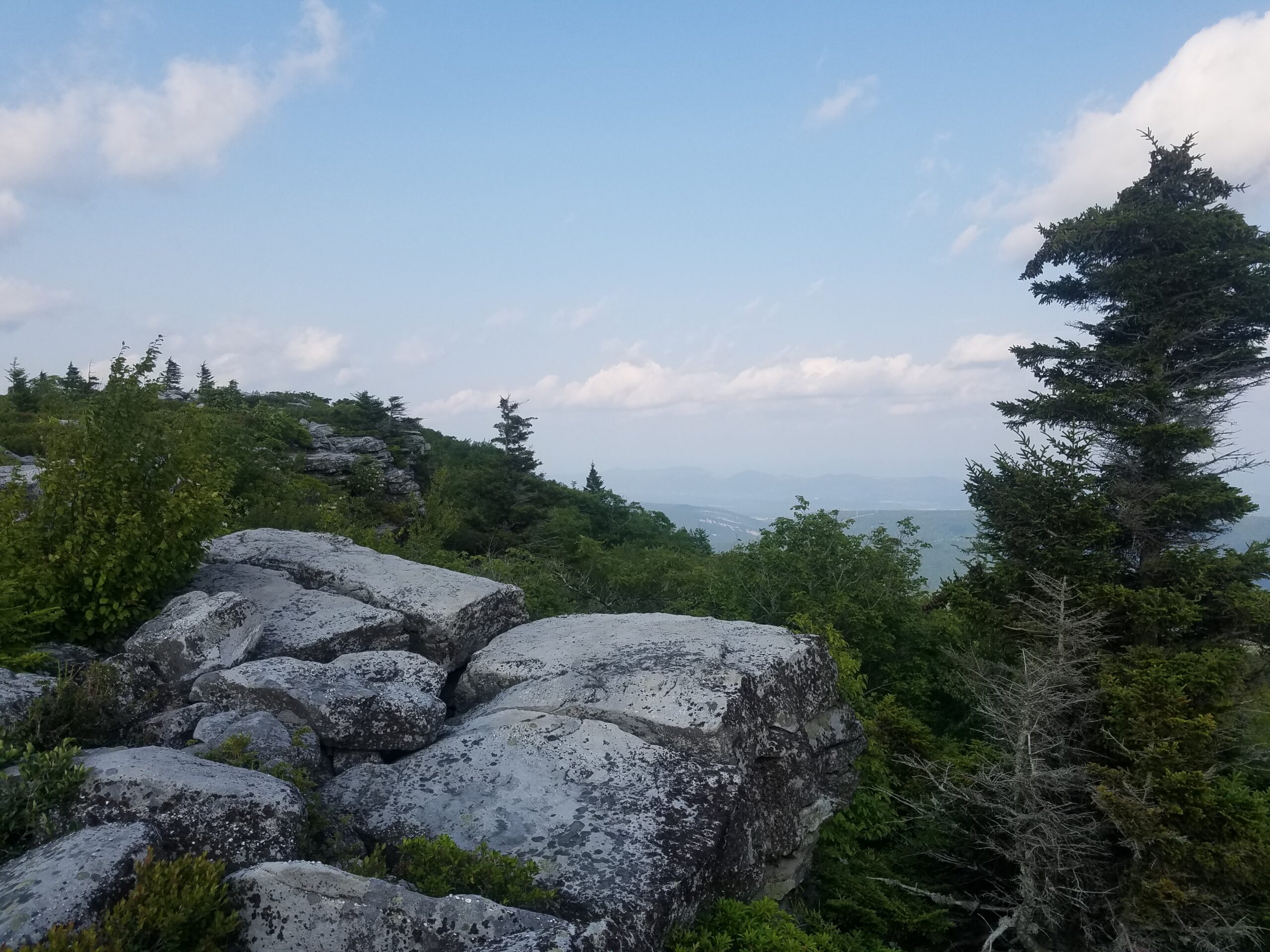
One of the neatest parts of being here in the Monongahela National Forest is that for the first time in my life, I’m only a few hours away from my grandparents (as opposed to almost 20 hours when I’m at home). After not seeing them for over two years because of a tight school schedule and then pandemic restrictions, I finally got to go and visit them and my aunts, uncles, and cousins in the area. I had the joy of looking at old pictures of my cute mom when she was around my age, I ate more sugar than I have probably all year, and returned to West Virginia with homemade applesauce and a freshly waxed car because my Grandpa was so excited about a ceramic car wax he had found.
To top the weekend off, Dolly Sods was immediately on my way back to the Ranger Station, so I impulsively turned my freshly waxed car to drive the five-mile gravel road up the mountain. I had heard it mentioned a few times by fellow coworkers but really knew nothing about it. It turns out, Dolly Sods is the highest plateau east of the Mississippi River and is one of the most unique ecosystems within the Monongahela Forest. While the views from the plateau were breathtaking, I was most excited about the plants I found (because I’m a nerd).
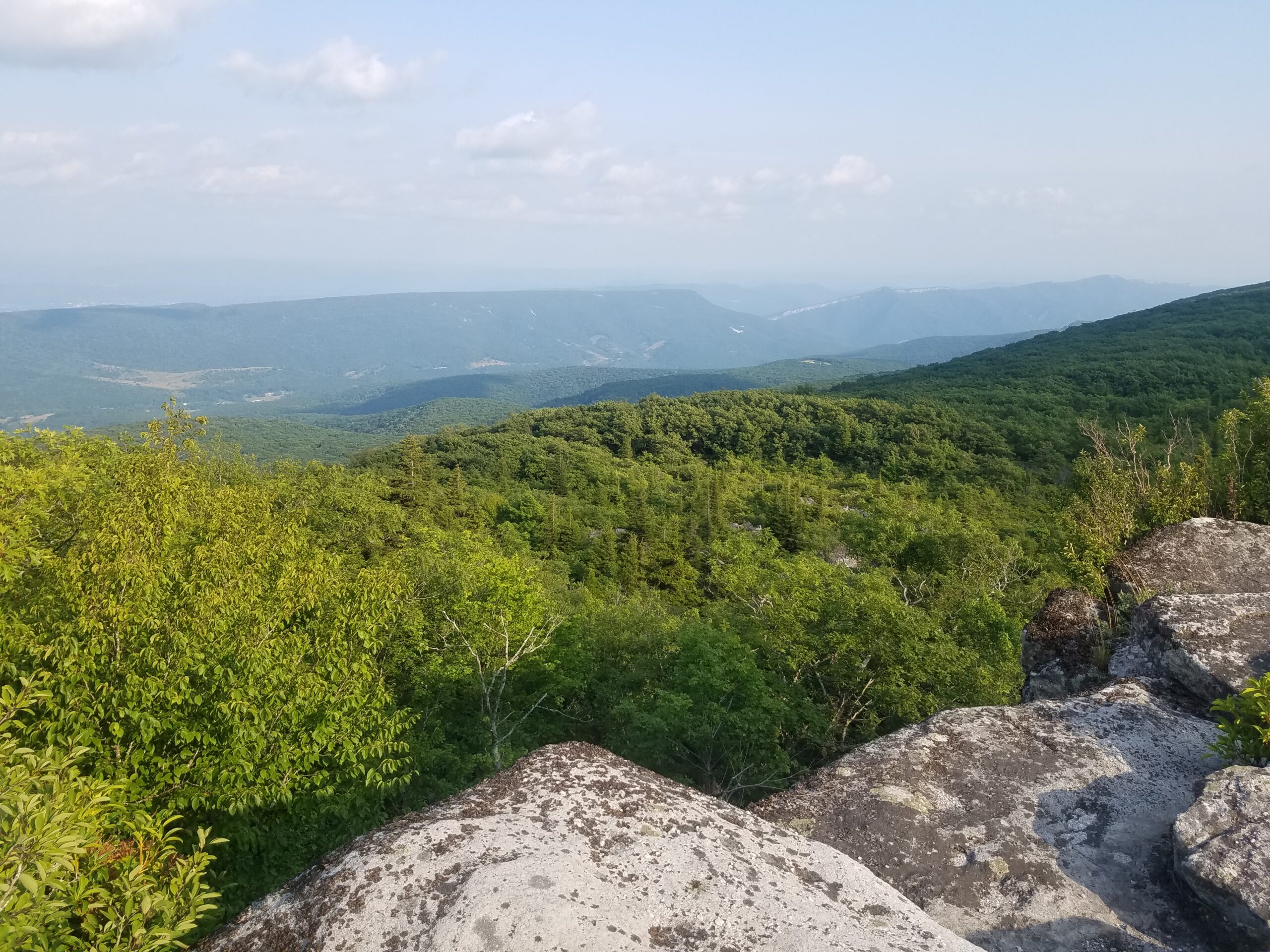
I didn’t realize that blueberries and huckleberries grow wild across the plateau. I had never seen blueberries just growing out in the wild, so it was a really pleasant and yummy surprise! What was even cooler is that not a day later, Megan and I came across a patch of wild blueberries while monitoring fire restoration plots. I probably would not have been able to identify the plants without fruit had I not just seen them on Dolly Sods.
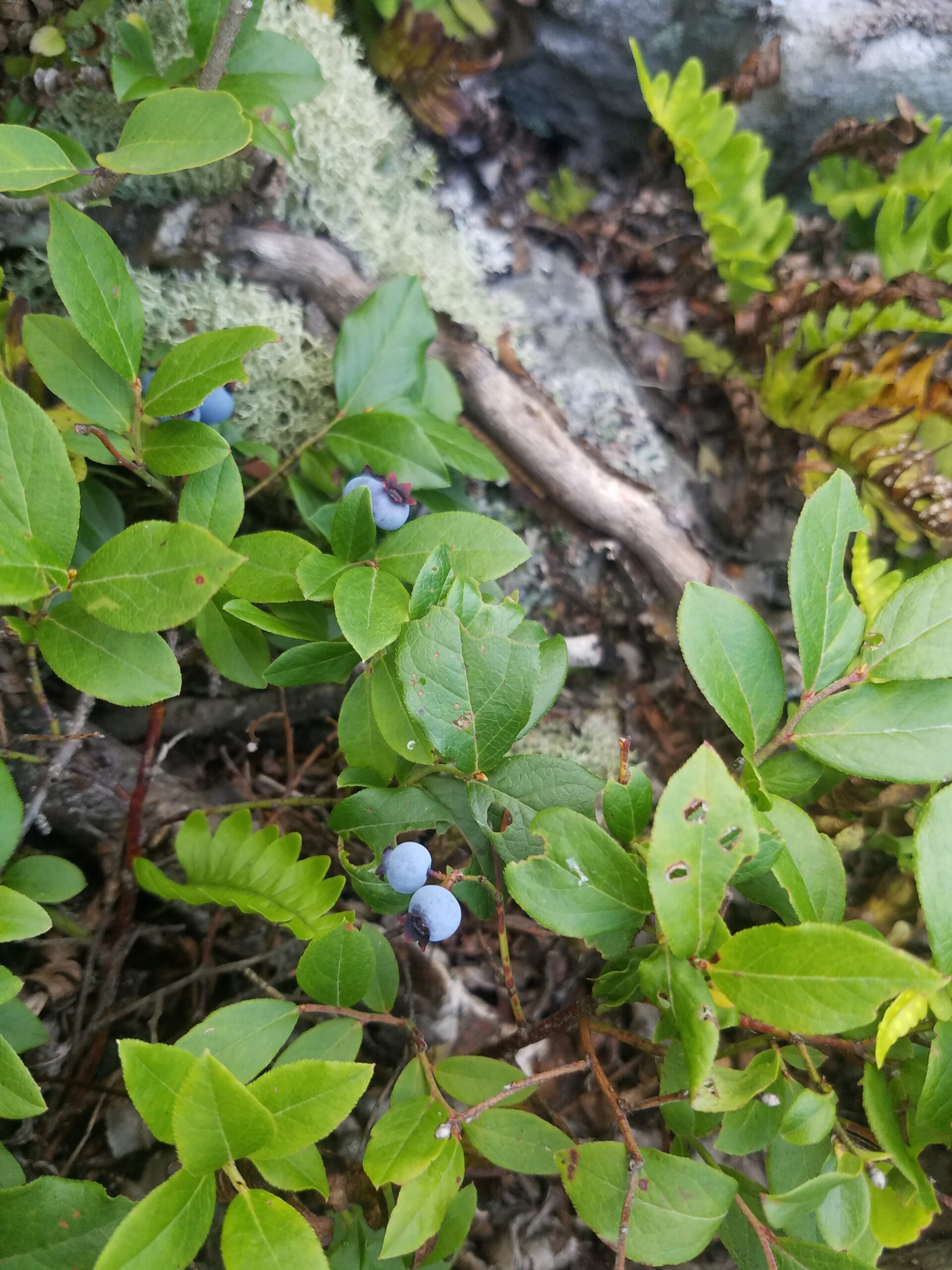
A similar thing happened with another plant I found. I am from Missouri originally, where gooseberries are as prevalent as wild blackberries and raspberries. When I was taking the Identification of Woody Plants in college, my professor had said, “Gooseberries are the one type of berries that can be found worldwide.” So, of course, the first plant I looked for when I got to West Virginia was gooseberry, and was surprised that no one I asked knew what I was talking about. I was beginning to doubt my professor until I came across the below plant while at Dolly Sods. It looked very similar to the Missouri Gooseberry plant, but not quite the same.
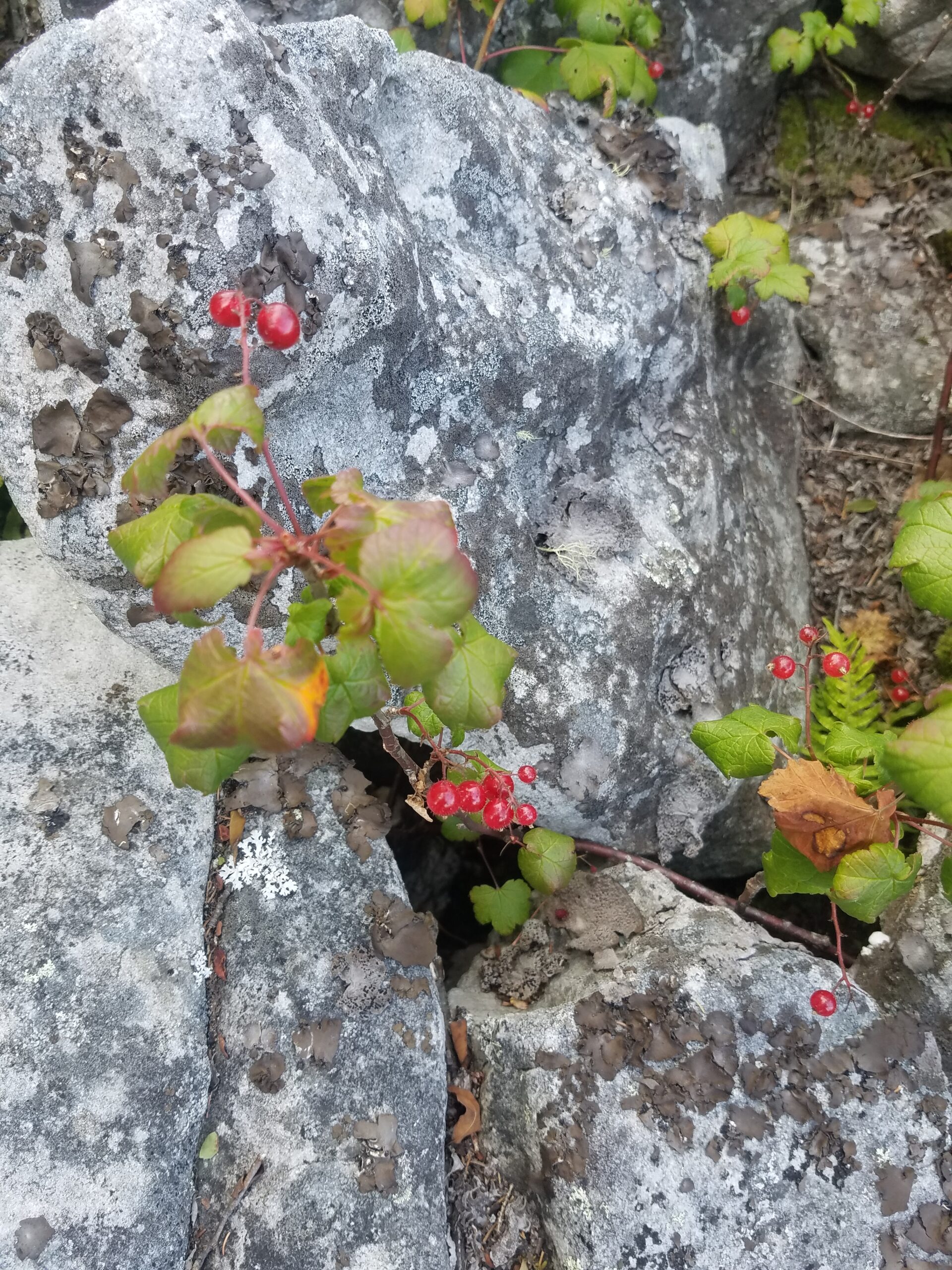
It turns out that gooseberries and currants are in the same family (Ribes) and the plant I found on Dolly Sods was a skunk currant. I lost my sense of smell back in February when I had the coronavirus, so I did not have the pleasure of smelling the fruit, but it apparently got the name because of its fruit’s pungent odor. Currants and gooseberries are differentiated by the thorns or spines on gooseberries and the lack thereof on currants. Ironically, I found Missouri gooseberry while doing a wetland survey not one week later! It was like finding a nice little piece of home, though they are definitely not wanted here because they act as an intermediate host for white pine blister rust.
I also found several American mountain ash trees, which American folklore claims to fend off witches and woe, and some common mountain laurel. All in all, it was a super fun place to stop by and I will be making a fully planned trip here before the end of the internship.
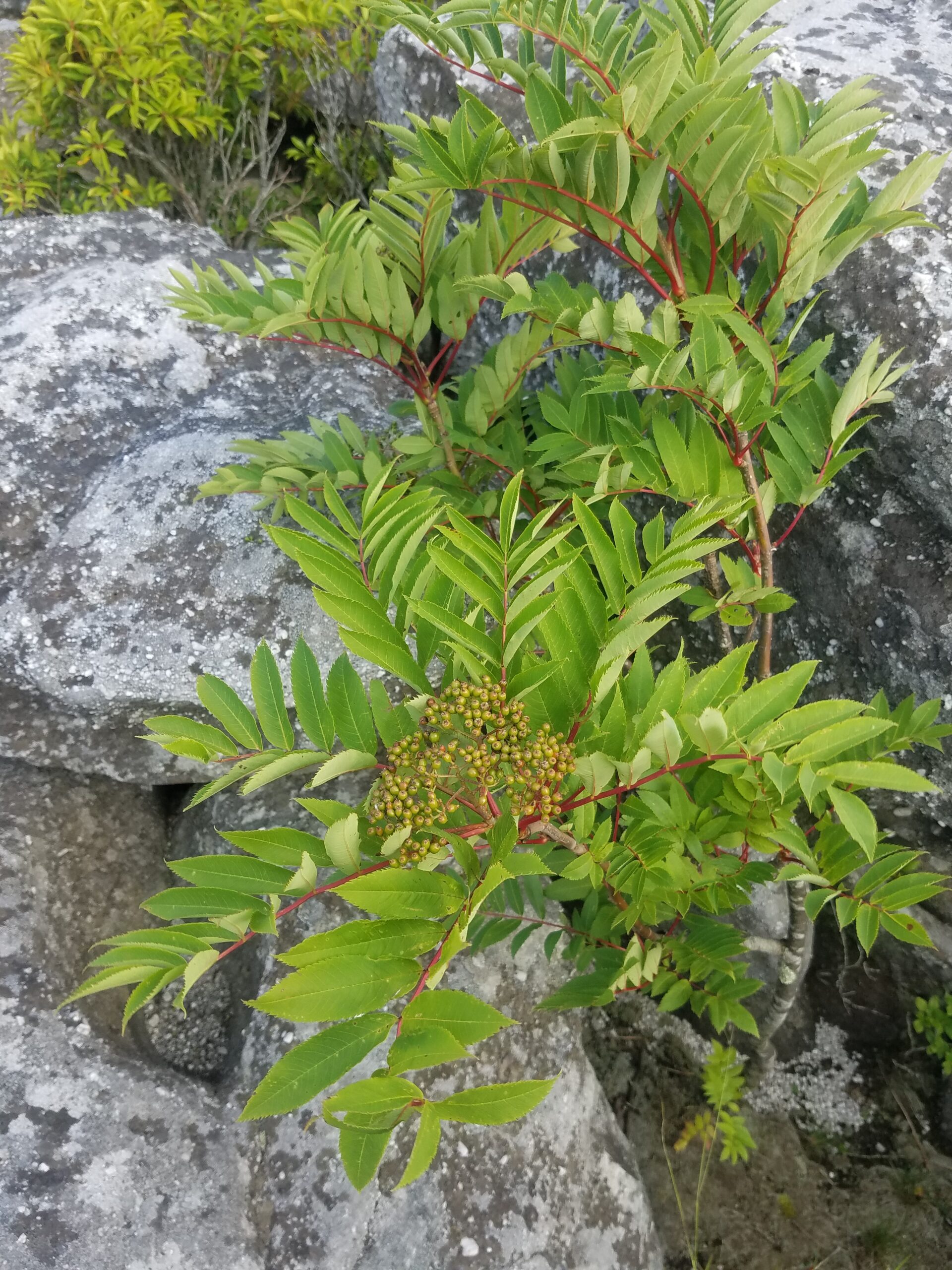
Mountain ash (Sorbus americana) 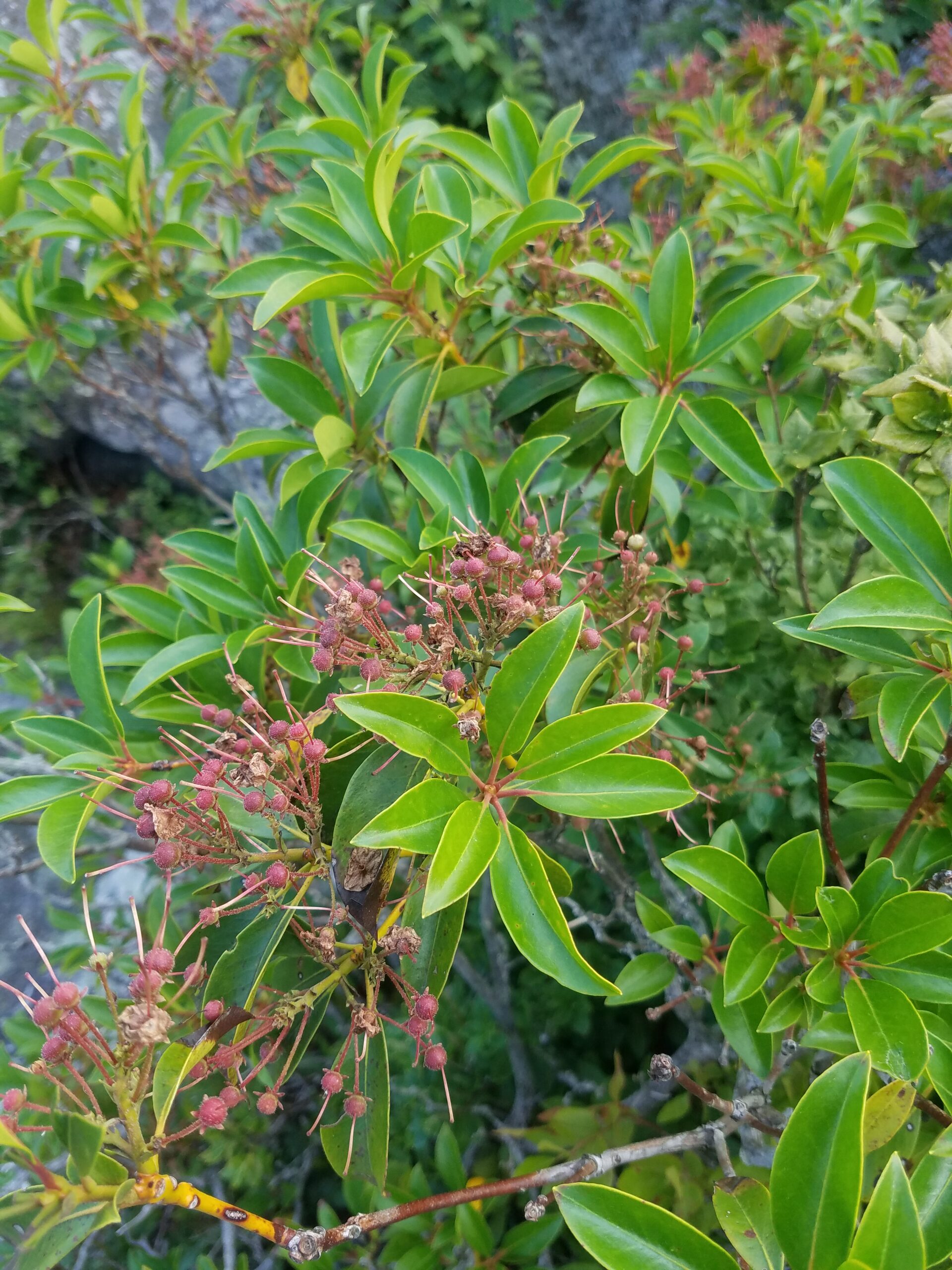
Mountain laurel (Kalmia latifolia)

